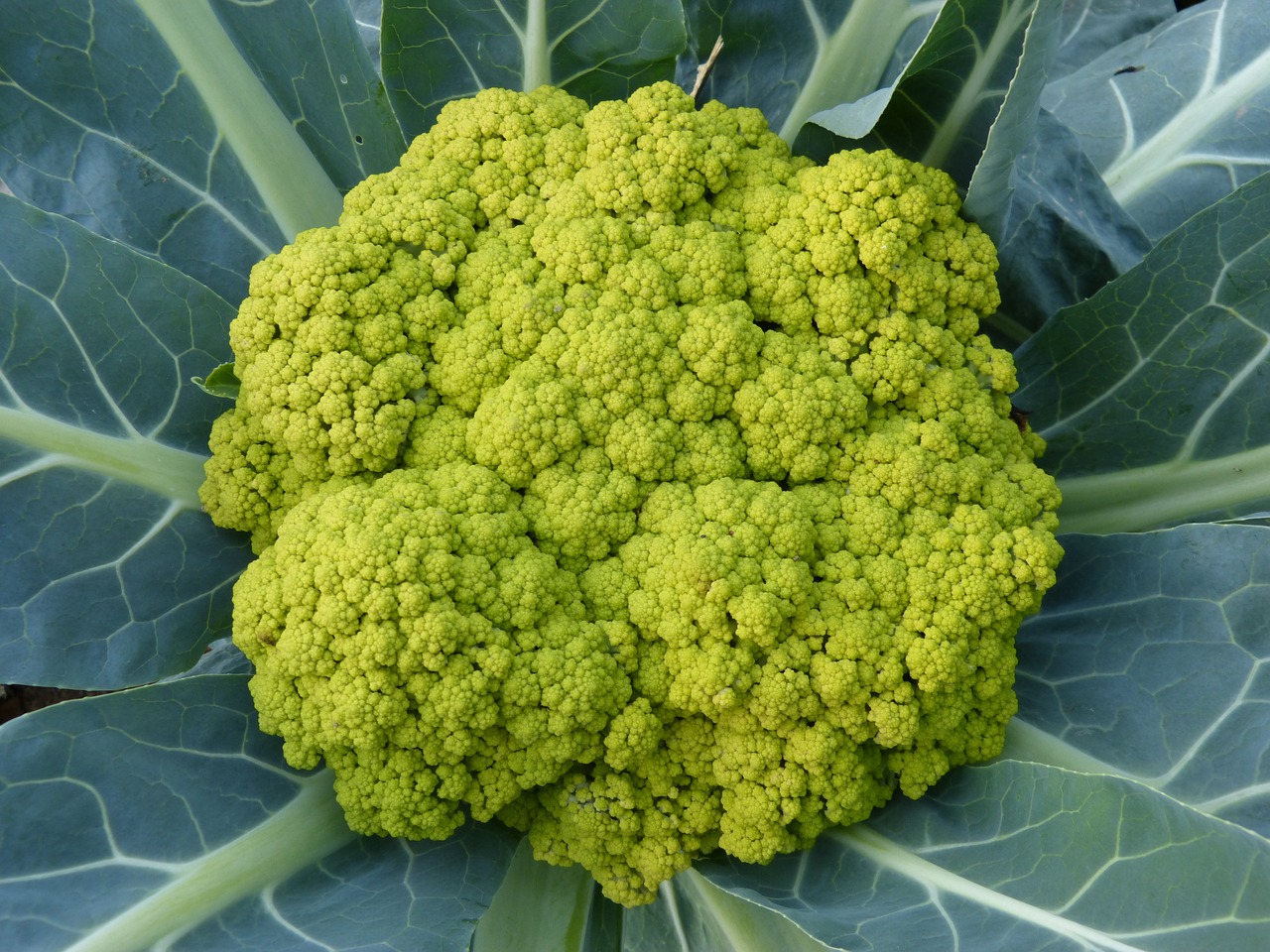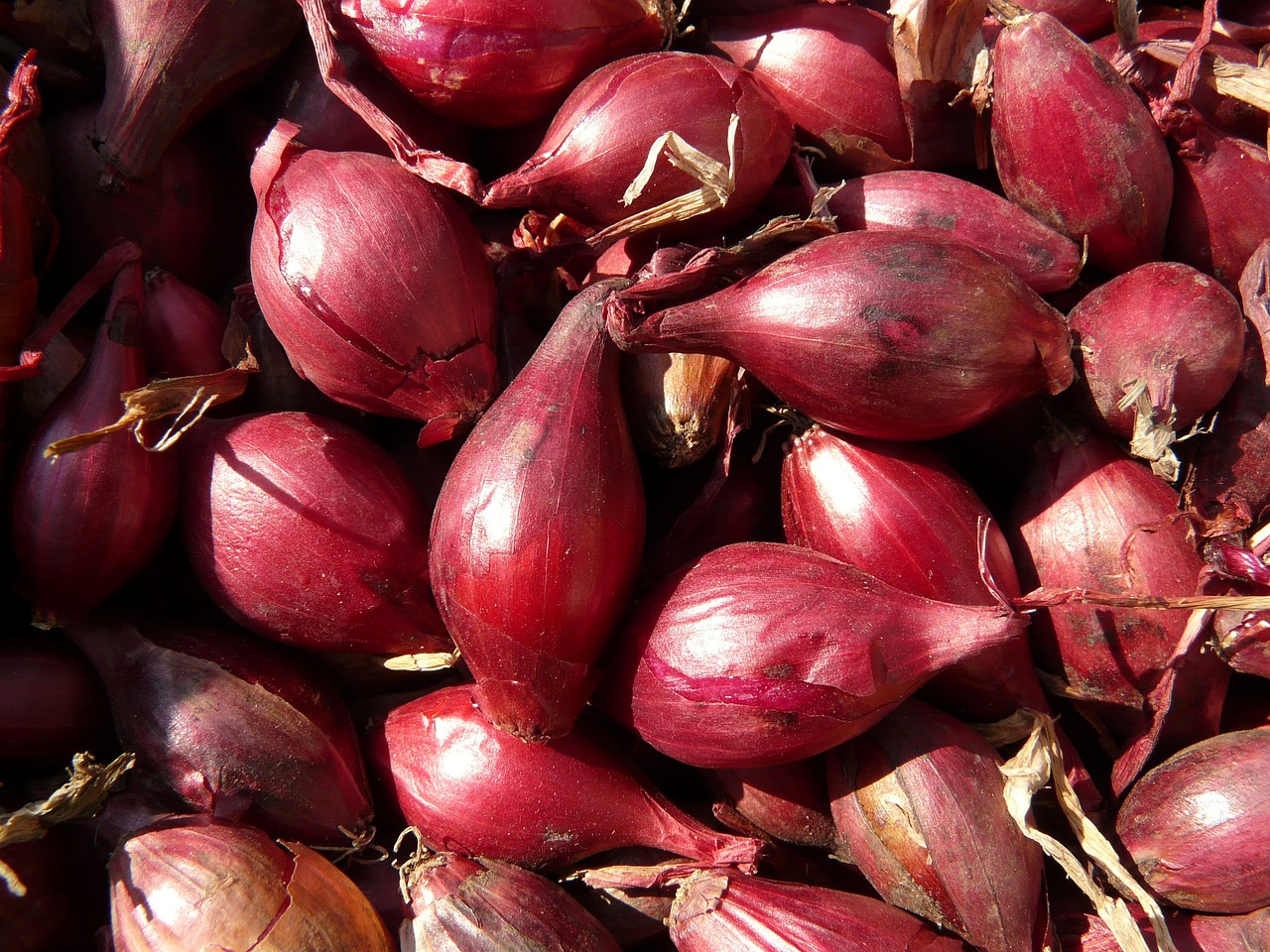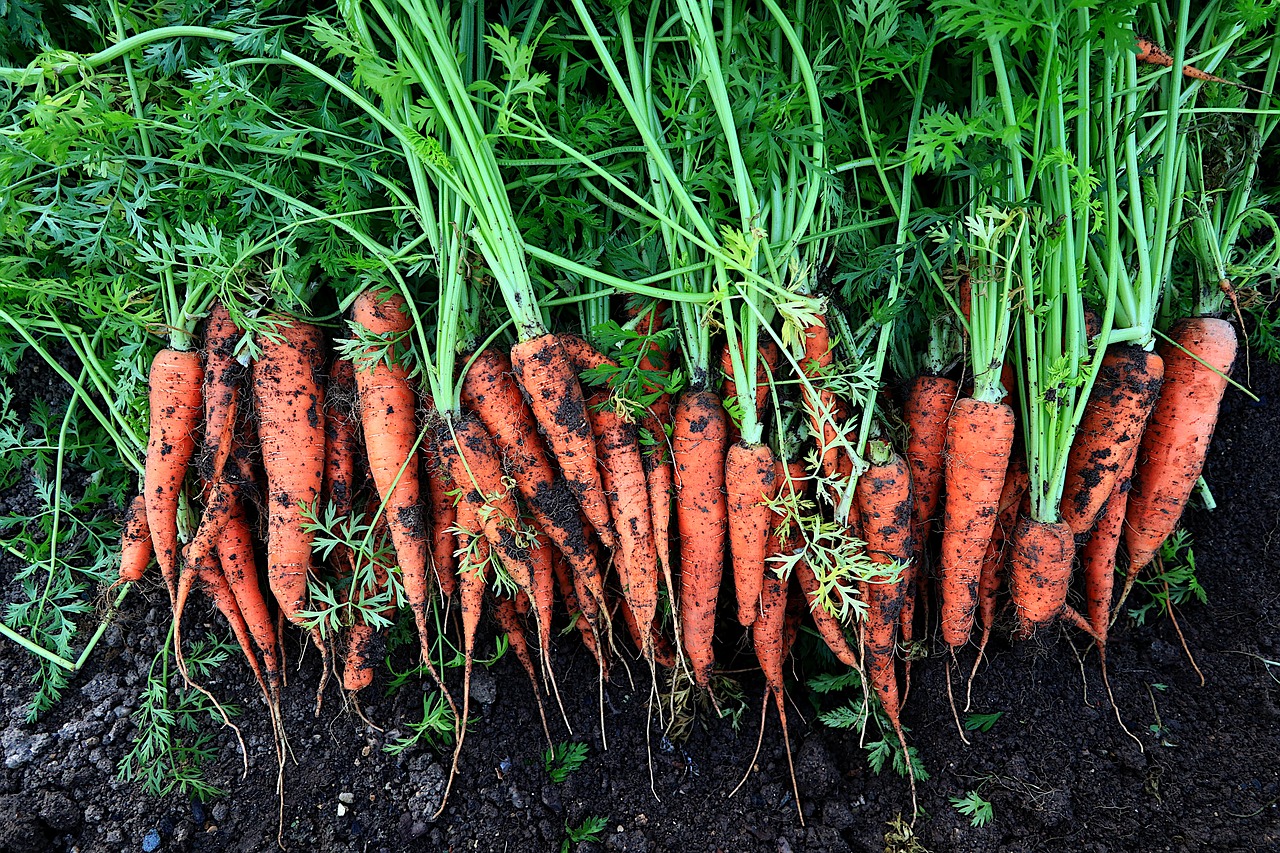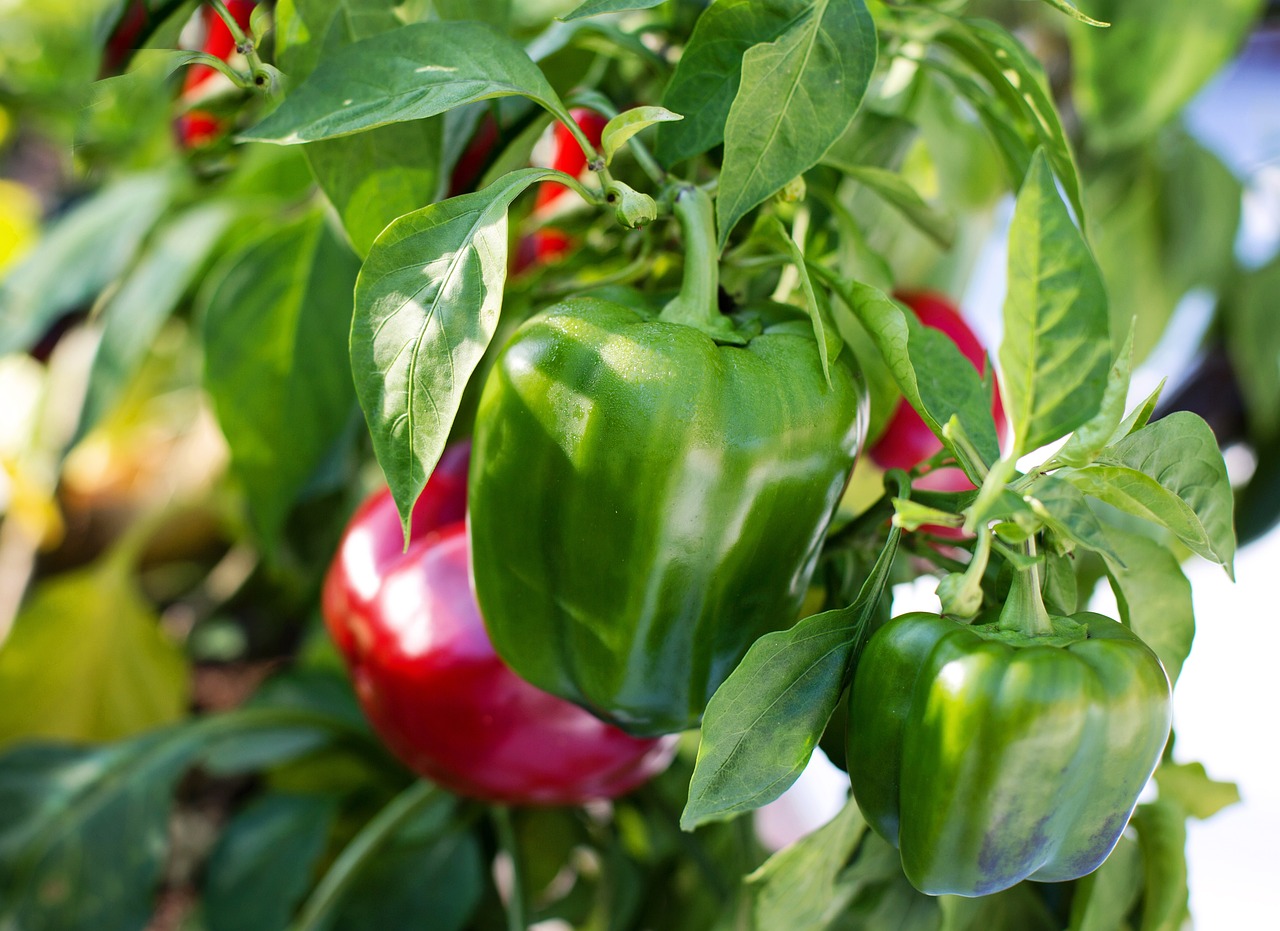Broccoli is a popular ingredient , used in a variety of dishes including stir fries, casseroles, salads and soups.
Broccoli will grow well especially when grown in the cooler months of the year, in an area that receives full sun and in fertile, well draining soil.
Description
Broccoli (Brassica oleracea var. italica) is an annual vegetable that belongs to the mustard family Brassicaceae, which also includes cabbage, cauliflower, and Brussels sprouts. It is cultivated for its head, stalk and leaves which can be eaten raw or cooked.
Broccoli plants have a thick, edible stalk with a large flowering head (usually dark green in color) composed of small, tightly packed green flower buds that are branched in a tree like structure . When not harvested and left to flower, the flower buds bear yellow flowers with four petals and later produce fruits (dry capsules).
Broccoli is a highly nutritious vegetable and contains a number of vitamins and minerals including folic acid, potassium and vitamins A, C and K.
| Botanical name: Brassica oleracea var. italica | Propagation: Seeds |
| Common name: Broccoli | Soil type: Loam, sandy loam |
| Family: Brassicaceae | Soil pH: 6.0-7.0 |
| Plant type: Annual | Temperature: 15-220C |
| Hardiness zones: USDA zones 2-11 | Light: Full sun |
| Mature size: 16-30in. tall, 12-24in. wide | Spacing: 18 to 24 inches (45 to 60 cm) |
| Flower color: Pink | Pollination: Insects |
| Time to harvest: 60-85 days | |
| Native area: Mediterranean, Asia |
Temperature requirements
Broccoli is a cool season crop that grows well at temperatures between 15-220C, and germination occurs at 290C.
Hot temperatures (>270C) increase vegetative growth and delay maturity while lower temperatures (1-100C) lead to early maturity and may cause the plants to bolt. Bolting occurs when broccoli prematurely develops a flower stalk.
Soil requirements
Broccoli grows well in rich, well drained loam or sandy-loam soil with pH of 6.0-7.0. If your soil requires pH adjustment, apply lime to the soil, 1.5 months before planting.
Sun requirements
Broccoli grows well in an area that receives at least 6 to 8 hours of sunlight daily.
Adequate sunlight is essential for the plant’s photosynthesis process and overall growth.
Common Broccoli varieties to grow
- Calabrese: This is the most common type of broccoli with a compact head and a hearty flavor. It’s well-suited for both spring and fall plantings.
- Arcadia: Arcadia is a variety that is resistant to downy mildew and other diseases. It has a mild flavor and produces a central head with side shoots.
- Green Goliath: This is a hybrid variety known for its large heads and good disease resistance. It’s suitable for both spring and fall planting.
- Romanesco: This unique variety has a striking appearance with lime-green heads and a fractal-like pattern. It has a slightly nutty flavor and is often considered a delicacy.
- De Cicco: De Cicco is a traditional Italian heirloom variety. It’s known for producing smaller, side-shoot heads after the main head is harvested, extending the harvest period.
- Purple Sprouting Broccoli: This type of broccoli produces smaller purple or green heads and is known for its late-winter to early-spring harvest. It’s often grown as a winter crop.
When to plant Broccoli
Spring planting: In regions with cold winters, you can start broccoli seeds indoors 6-8 weeks before the last expected frost date in spring.
Fall planting: In areas with mild winters, you can plant broccoli in late summer for a fall harvest. Start seeds indoors in mid-summer and transplant the seedlings outdoors when temperatures begin to cool. This allows the broccoli to mature during the cooler fall months.
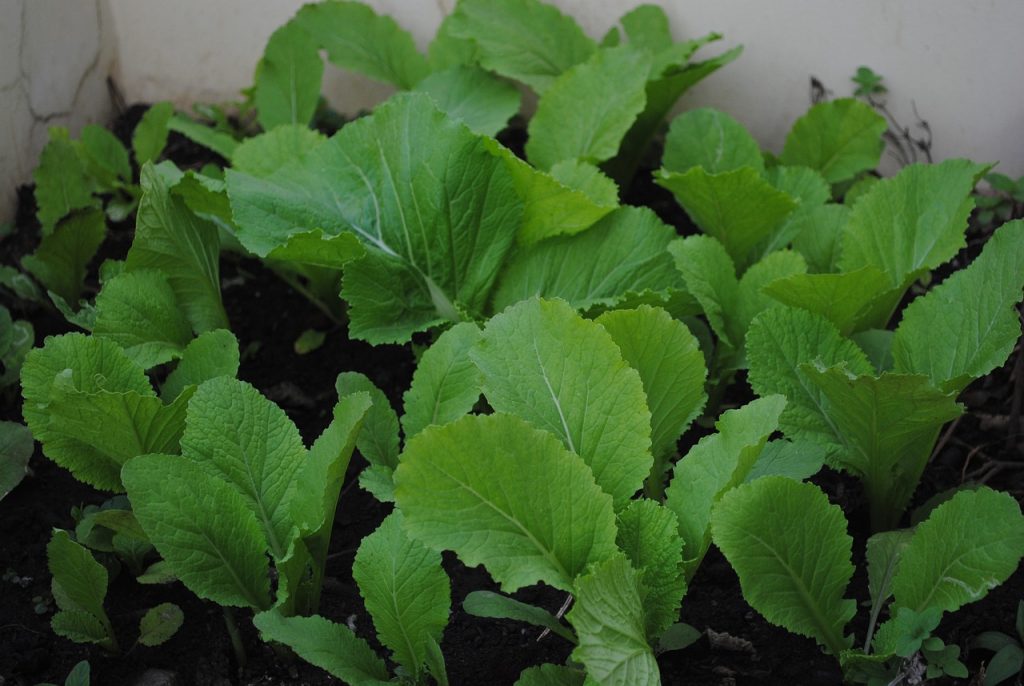
Garden preparation
Test the soil pH using a soil test kit. Broccoli prefers slightly acidic to neutral soil with a pH between 6.0 and 7.0.
Remove any weeds or debris from the chosen planting area. Weeds compete with broccoli for nutrients and water, leading to poor yield.
Amend the soil with organic matter, such as compost or well-rotted manure, to improve fertility and drainage.
Use a garden fork or tiller to loosen the soil to a depth of about 8-12 inches. This helps improve aeration and root penetration.
Before planting, incorporate a balanced fertilizer into the soil. A fertilizer with an N-P-K ratio of 10-10-10 or similar is suitable.
If you’re planting multiple broccoli plants, create rows or raised beds. This helps with organization and facilitates good drainage.
Starting seeds indoors
Use seed starting trays or small pots with drainage holes to start your seeds. Ensure that the containers are clean and have been sanitized to prevent diseases.
Use a high-quality seed-starting mix that provides good aeration and drainage. Moisten the mix before filling the containers.
Plant 2-3 broccoli seeds per container, placing them about 1/4 to 1/2 inch deep. Gently press the soil over the seeds.
Water the containers thoroughly after sowing. Ensure that the soil is consistently moist but not waterlogged. You can use a spray bottle to water gently.
Cover the containers with plastic wrap or place them in a humidity dome to regulate remperature. This helps retain moisture and encourages germination.
Place the containers in a warm location with indirect sunlight or under grow lights. Broccoli seedlings need 12-16 hours of light per day. If using artificial lights, keep them about 2-4 inches above the seedlings.
Once the seedlings have a couple of true leaves, thin them to one strong seedling per container. Snip off the weaker ones at the soil level.
When the seedlings are 4-6 weeks old and have a few sets of true leaves, start the hardening-off process. Gradually expose them to outdoor conditions for a few hours each day to acclimate them to the outdoor environment.
Transplant the broccoli seedlings into the garden when they are 4-6 weeks old or have reached a size of 4-6 inches. Plant them in well-prepared soil with good drainage.
Transplanting seedlings
Space rows about 18 to 24 inches (45 to 60 cm) apart. Dig holes that are deep enough to accommodate the root system of the plants, such that plant roots are not forced into the soil, and leave approximately 18 to 24 inches (45 to 60 cm) between each hole.
Transplant seedlings into the garden and place them vertically into the soil and not sideways. Seedlings planted with the root system facing sideways develop a condition called J-rooting whereby the system grows a J shaped root system that results into small head size of the plants.
Firm the area around the plants with soil and water thoroughly.
How to Care for Broccoli plants
Watering: Keep the soil consistently moist, especially during dry periods. Water at the base of the plants to prevent fungal diseases. Avoid overhead watering.
Weeding: Apply a layer of organic mulch around the plants to retain moisture, regulate soil temperature, and suppress weeds. Rotten mulch also adds organic matter to the soil.
Fertilizing: Fertilize the soil before planting with a balanced fertilizer or follow soil test recommendations. Side-dress with nitrogen-rich fertilizer when the plants are about 3-4 weeks old.
Overwintering Broccoli
In some climates, you may be able to overwinter broccoli for an early spring harvest. Plant broccoli in late summer or early fall, and the plants will go dormant during the winter. When spring arrives, they’ll resume growth and produce an early crop.
How to Harvest Broccoli
Broccoli is ready for harvesting, 60-85 days from the time of sowing seeds. This is when the entire head is firm, with bud clusters tightly closed.
Harvest ready broccoli using a sharp knife by cutting the stem a few centimeters below the head.
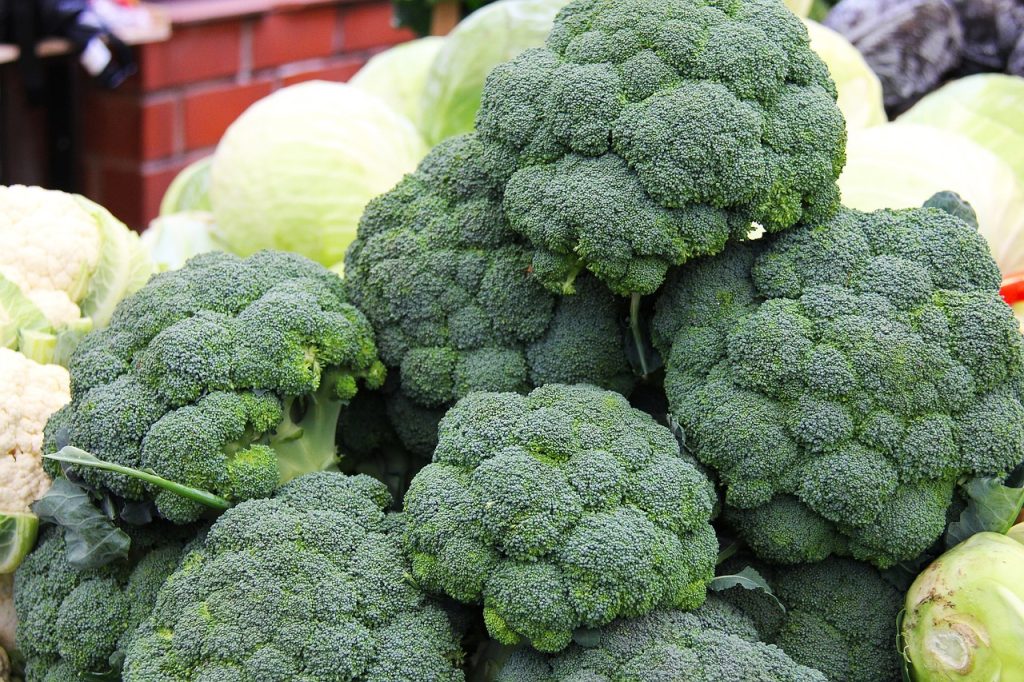
Post harvest care
Continue to water and care for the plants even after harvesting the main head to encourage the development of side shoots.
Storing Broccoli
Broccoli can be used to make your favorite dishes just after harvest or can be preserved for later use. After harvest, broccoli should not be left in the heat for long because it is highly perishable.
Store broccoli in a refrigerator at 00C and 100% RH and it will stay fresh for 3-4 weeks.
Tip: Do not store broccoli with ethylene producing fruits such as apples and bananas as it will induce quick yellowing of flower buds, therefore lowering storage life of broccoli.
Common pests and diseases
Common pests include aphids, cutworms, maggots, thrips, slugs and cabbage maggots.
Control: Some pests can be eliminated by natural enemies like ground beetles, lace wig larvae and syrphid flies. In case of an infestation, use a recommended pesticide or physical means to eliminate the pests.
Diseases include:
Downy mildew: This is a fungal disease that causes development of white spots on the underside of leaves, heads and stems and brown spots on the upper side. It is caused by prolonged wet, damp conditions in a garden.
Control: Provide plants with proper spacing, provide good air and water drainage.
Broccoli head rot: This is a soil borne bacterial disease caused by Pseudomonas marginalis. It affects broccoli when bacteria is splashed from soil to heads. Affected plants develop water-soaked areas which become soft and later start to rot.
Control: Use resistant cultivars, mulch the garden and apply proper plant spacing.
Grey leaf spot: Causes small and brown or grey spots to appear on leaves, which later turn into a tan color with concentric rings. The disease spreads faster during rainy days and prolonged cold conditions. It is usually spread by seeds.
Control: Use certified seeds and avoid overhead irrigation.
Physiological disorders
Due to external factors or inherited factors, broccoli plants can fail to grow heads or grow very small heads;
Leafy heads
This occurs when small leaves grow and protrude through broccoli heads. It is caused by high temperatures and fluctuations between day and night temperatures.
Blindness
Plants do not form heads and produce many shoots at ground level. This usually occurs due to insect damage.
Broccoli buttoning
Buttoning occurs when plants prematurely form heads 2-10cm in diameter. Growth of foliage slows down, therefore the heads get very few nutrients, resulting into small heads. Causes of buttoning include low soil moisture, low nitrogen and pests and diseases.

